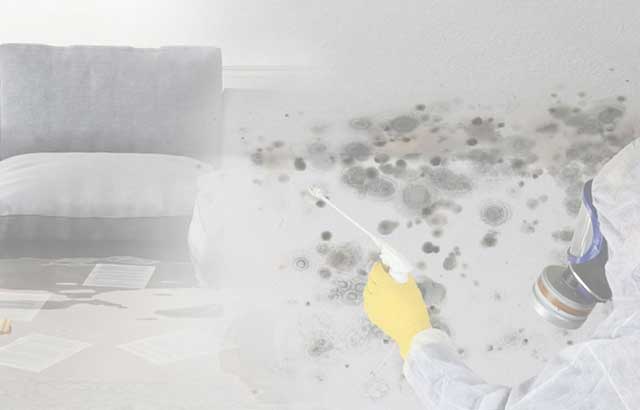Just how do you feel with regards to How to Repair and Prevent Bathroom Water Damage?

The restroom is exceptionally vulnerable for damp buildup and potential water damage because of the frequent use water in it. This post uses simple assessment strategies to help detecting water damages dangers.
The constant use of water in the bathroom makes it very prone for moist build-up and potential water damage. By examining it regularly, you can decrease water associated problems.
The following set of evaluations is easy to execute and also ought to be done once in every three months in order to keep your bathroom in good shape and to avoid potential water damages caused by the bath tub, the shower, pipe joints and also plumbing, sinks, cupboards, and also the bathroom
Do not disregard carrying out these evaluations and also be extensive while executing them. Remember that these simple inspections can conserve you a great deal of money by offering early indicators for water damages
Sinks as well as Cabinets
Sinks and also cabinets are subjected to dampness as well as humidity daily and also are commonly overlooked. Inspect on a regular basis under the sink and also on the kitchen counter over it. Repair any kind of drip in the trap as it may suggest drain troubles. Check out the sink, slow-moving draining pipes may suggest an obstructed drainpipe. Change sink seals if they are split or loose.
Bath tub and Shower
The shower and also bathtub need unique interest and also maintenance. Examine the ceramic tiles and also replace if cracked. Ensure that there is no missing grout between the tiles. Evaluate and also change broken caulking at joints where the walls meet the floor or the tub. Clogged drains as well as pipelines issues will stop the bathtub from drying out and might indicate severe problems under the tub. Seek advice from an expert immediately to prevent structural damages. Focus on discolorations or soft locations around the bathtub walls as they may indicate an inner leak.
Plumbing
Signs for water damage are difficult to find given that a lot of pipelines are mounted inside the walls.
Pay special interest to floor covering and wall surfaces dampness and also discolorations as they may indicate an invisible plumbing problem. Examine wetness degrees in adjacent rooms too.
The Bathroom
The toilet is an at risk water junction. Examine the water lines and look for leaks around the toilet seat, in the pipe, and also under the water storage tank. If you detect any type of signs of wetness on the floor around the commode, check for leakages in the toilet edge and storage tank seals.
Be aware that hanging bathroom dish antiperspirants raises the possibilities for clogs.
Water Damage Signs In The Bathroom To Avoid Cleanup
Musty smell
This is one of the easiest signs to catch because musty smells are so odorous. The damp, earthy, moldy smell should be a big red flag. The smell will develop when moisture gets trapped in surfaces, and begins to facilitate mold growth. Leaking pipes under cabinets, inside walls, and behind shower fixtures will cause moisture to stay trapped and not dry, which will lead to mold growth and spread. As soon as you notice any musty smells in your bathroom, have it checked for hidden water damage and cleanup signs.
Visible mold
If the smell isn’t there to give it away, sometimes you will actually see mold growth. Finding mold in your bathroom is a serious problem, because mold is very harmful to your health. By the time mold growth is visible, it also means that water damage has already occurred and been present for some time. The only way the mold problem can be resolved is to find the source of the moisture and get it stopped. To safely and adequately remove mold, you need to have professionals handle the remediation. Do not waste any time in getting mold problems addressed, fixed, and sanitized so that you can protect you and your family from the many respiratory symptoms caused by mold exposure.
Damaged floors
Bathroom floors should be able to withstand some exposure to water while still remaining in good condition. However, when excess exposure or water leaks occur, they will begin to damage even the most water-resistant flooring. If you notice any cracking, bubbling, staining, or warping on your bathroom floors, there is probably a water leak somewhere causing the distortion. If you notice areas of the floor have become softer, or even have a spongy feeling, there is probably damage to the subfloor. Subflooring is typically made up of plywood. When plywood is exposed to water or moisture, it will absorb it. Once it has become saturated, the weight of the excess water will cause the wood to swell and soften. Check the floors in your bathroom frequently to catch any of these sings before they lead to damaged subflooring.
Changes on walls
When water leaks behind walls, it will cause changes in the drywall. Peeling plaster, blistering paint, and soggy wallpaper are all good indicators that excess water is building up behind the wall. Water leaking behind drywall will cause it to swell and be soft to the tough. If you start to notice gaps along the trim of your walls, or where tile meets the wall, it could also be a strong indicator that there is a leak behind the wall. Any changes, distortion, or damage on the walls should be evaluated as soon as you notice it to prevent further water damage and cleanup.

Do you really like more info about How to Repair and Prevent Bathroom Water Damage? Make a review further down. We will be pleased to know your views about this blog posting. In hopes that you visit us again in the future. Sharing is caring. Helping others is fun. Thank-you for your time spent reading it.
Instant Quote